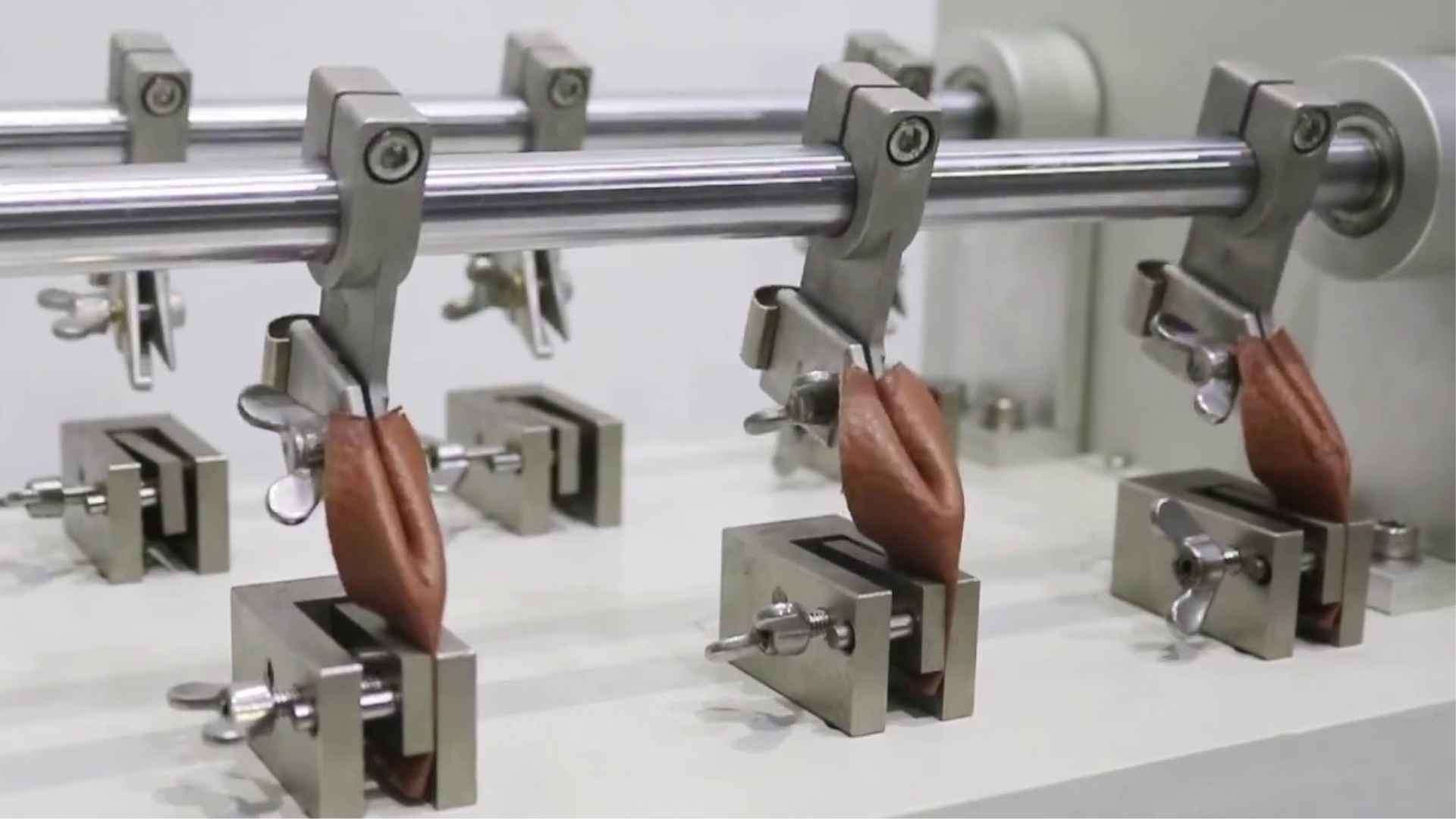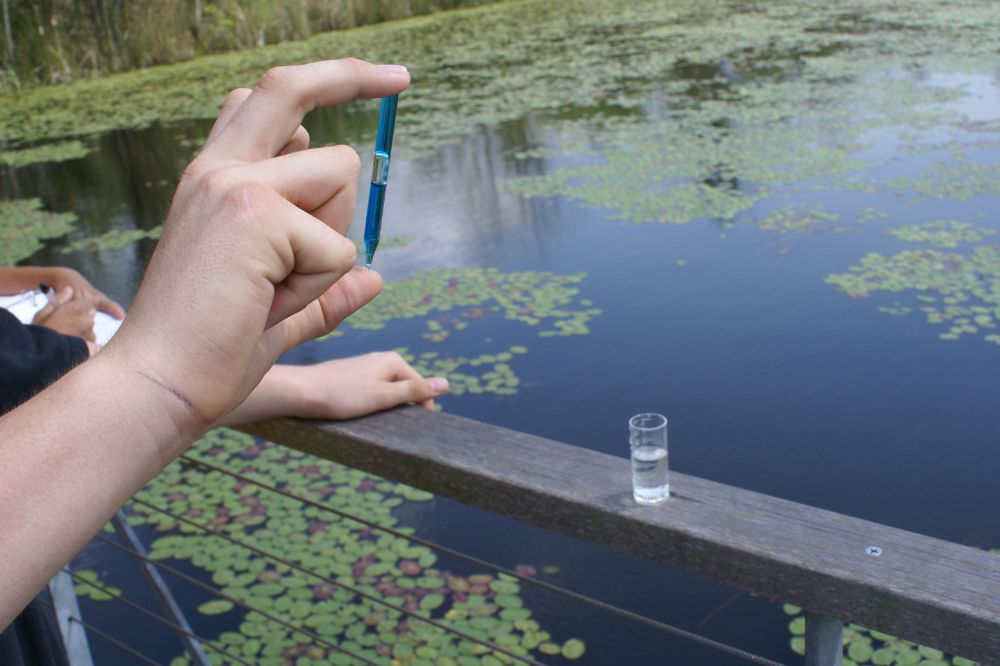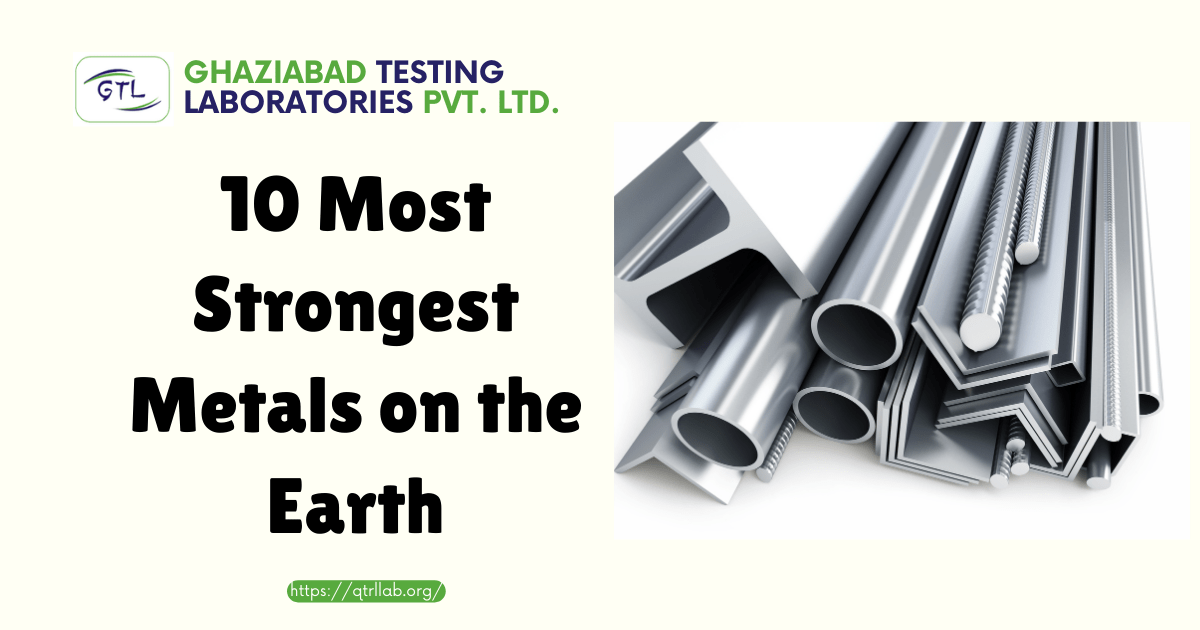Leather, with its enduring charm and resilience, has been a beloved material in various industries, from fashion to furniture. However, the unsung hero of the leather production process is quality control. Behind the scenes, this intricate system plays an indispensable role in shaping the leather industry and ensuring satisfaction for consumers.
Understanding Leather Production
To truly grasp the significance of quality control in leather production, it’s essential to delve briefly into the process of how leather is crafted. It all begins with the selection of raw animal hides. These hides undergo a series of intricate transformations involving tanning, dyeing, and finishing processes. The culmination of these steps yields the magnificent leather products that have become synonymous with luxury and durability. Each phase in this transformation is a pivotal determinant of the final product’s quality.
The Significance of Quality Control
Quality control in leather production serves as the vigilant guardian of excellence, guaranteeing that the end products meet exacting standards. This demanding process entails comprehensive inspections and testing at various stages of production, bearing the following crucial aspects in mind:
Consistency: Quality control ensures that leather products are uniform in terms of color, texture, and finish. Consistency is of utmost importance for maintaining a brand’s reputation and customer loyalty. Imagine purchasing a high-end leather bag that turns out to be a different shade from the one you saw in the store. Quality control eliminates such discrepancies.
Durability: Rigorous testing is the cornerstone of ensuring that leather products are not just beautiful but robust, capable of withstanding the test of time. When consumers invest in leather goods, they expect them to be durable and long-lasting. Quality control assures that these expectations are met.
Safety: Leather products are often in close contact with our skin. Quality control ensures that no harmful chemicals or materials are present in the final product. This, in turn, makes the leather safe for consumers and environmentally friendly. The absence of harmful substances in the leather safeguards both the users and the planet.
The Process of Quality Control
Quality control in leather production is a multifaceted process that encompasses several critical steps:
Raw Material Inspection: The process commences with a meticulous examination of the raw animal hides. Any defects or inconsistencies are identified and addressed at this stage, ensuring that only the highest-quality hides are used in production.
Tanning and Dyeing Control: Ensuring the accuracy of the tanning and dyeing processes is of paramount importance. Mistakes at this stage can be challenging to rectify, often necessitating a return to square one.
Physical Testing: This step involves assessing the leather’s tensile strength, flexibility, and thickness. It helps in determining the physical robustness of the material.
Visual Inspection: A careful examination of the leather’s surface is conducted to identify any imperfections. This includes scrutinizing for scars, blemishes, or discolorations that could mar the final product’s appearance.
Chemical Testing: The final frontier of quality control involves confirming that the leather complies with international standards for chemical safety. This aspect ensures that the leather is not only beautiful but safe to use.
FAQs
Q1: Why is quality control so essential in leather production?
A1: Quality control is essential in leather production because it guarantees that leather products are consistent, durable, and safe for consumers. It ensures that consumers get what they pay for and can trust the quality of the product.
Q2: What happens if leather quality control is overlooked?
A2: Overlooking quality control can result in inconsistent products, potential safety hazards, and damage to a brand’s reputation. Inconsistencies can lead to customer dissatisfaction, while safety hazards can have legal and ethical ramifications.
Q3: Are there international standards for leather quality?
A3: Yes, various international standards define the quality parameters for leather. These standards are in place to ensure that leather products meet specific quality and safety requirements, making them suitable for global markets.
Conclusion
Quality control is the unsung backbone of the leather production industry. It not only guarantees the production of high-quality, safe products but also upholds the reputation of brands worldwide. As consumers, understanding the significance of quality control in leather production empowers us to make informed choices and invest in products that truly stand the test of time. So, the next time you admire a beautifully crafted leather jacket or sit on a plush leather sofa, remember the rigorous quality control processes that have gone into making these products timeless and safe.















